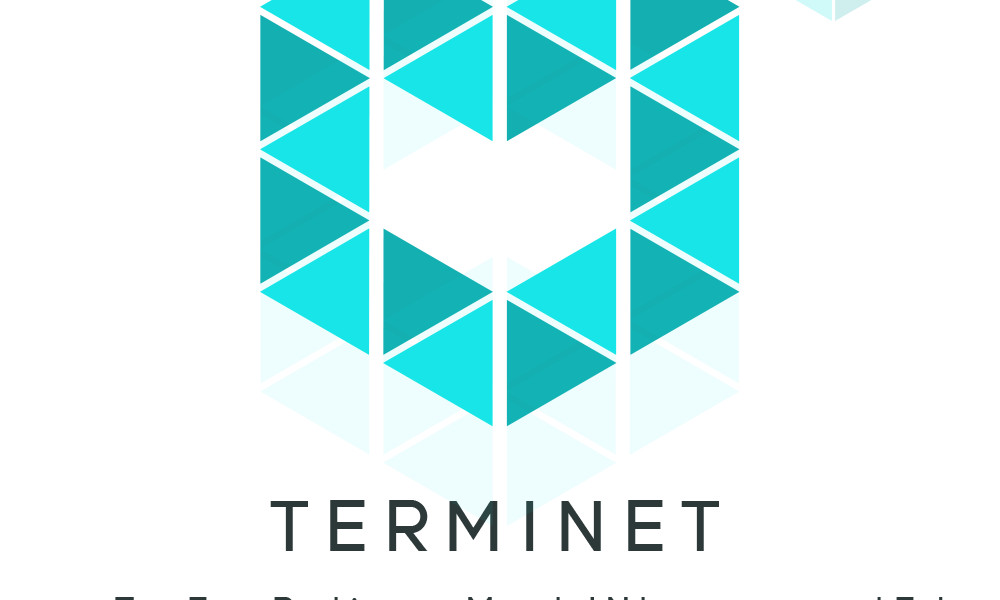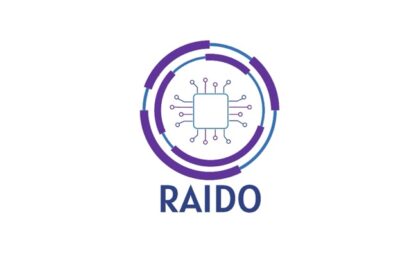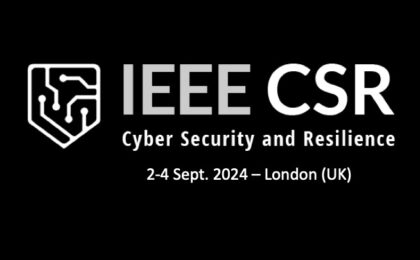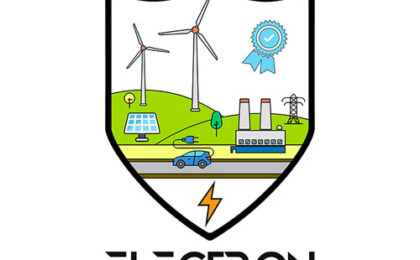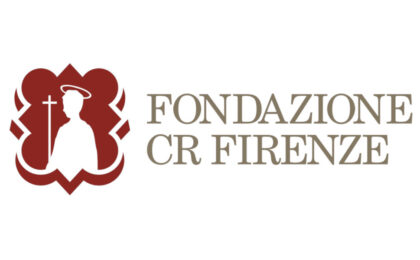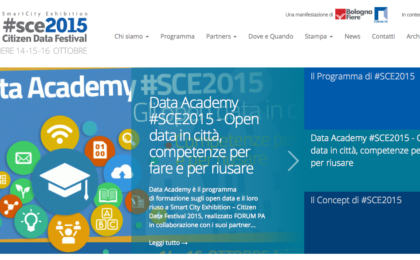The vision of TERMINET is to provide a novel next generation reference architecture based on cutting-edge technologies such as SDN, multiple-access edge computing, and virtualisation for next generation IoT, while introducing new, intelligent IoT devices for low-latency, market-oriented use cases. TERMINET’s primary intention is to bring (more efficient and accurate) decisions to the point of interest to better serve the final user targeting at applying distributed AI at the edge by using accelerated hardware and sophisticated software to support local AI model training using federated learning. Our solution aspires to reduce the complexity of the connecting vast number of heterogeneous devices through a flexible SDN-enabled middleware layer. It also aims to design, develop, and integrate novel, intelligent IoT devices such as smart glasses, haptic devices, energy harvesting modules, smart animal monitoring collars, AR/VR environments, and autonomous drones, to support new market-oriented use cases. Great expectation of the proposal is to foster AR/VR contextual computing by
demonstrating applicable results in realistic use cases by using cutting-edge IoT-enabled AR/VR applications. By designing and implementing an IoT-driven decentralised and distributed blockchain framework within manufacturing, TERMINET aims to support maintenance and supply chain optimisation. Our solution intends to apply a vertical security by design
methodology by meeting the privacy-preserving and trust requirements of the NG-IoT architecture. To foster standardisation activities for the IoT ecosystem, TERMINET will provide novel disruptive business models. For the evaluation of its wide applicability, TERMINET will validate and demonstrate six proof-of-concept, realistic use cases in compelling IoT domains
such as the energy, smart buildings, smart farming, healthcare, and manufacturing.
